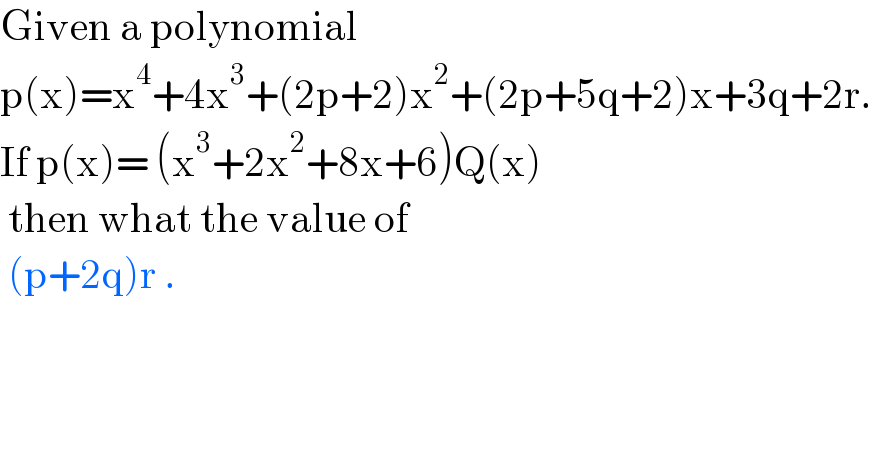Question Number 145294 by imjagoll last updated on 04/Jul/21

Answered by Rasheed.Sindhi last updated on 04/Jul/21

Commented by imjagoll last updated on 04/Jul/21

Answered by liberty last updated on 04/Jul/21

Commented by imjagoll last updated on 04/Jul/21

